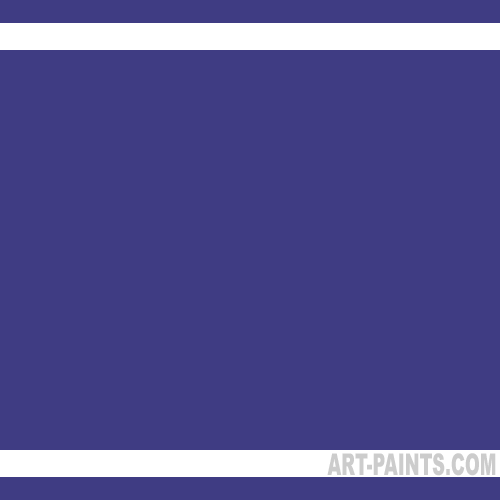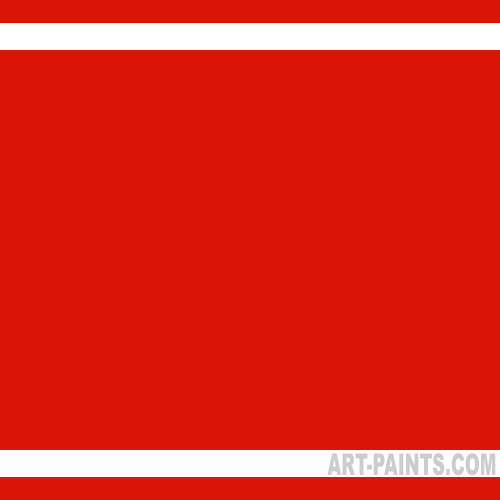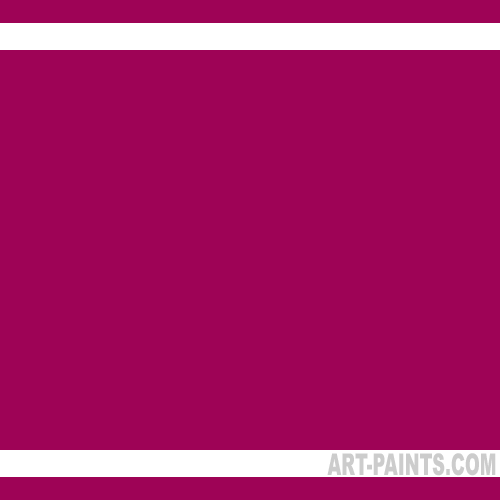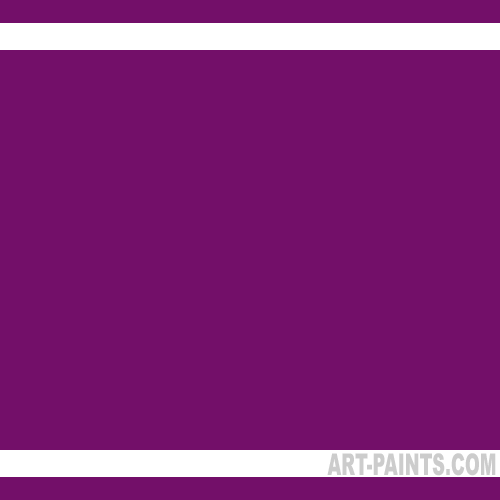Amethyst isn’t a precious gemstone, but it’s a semi-precious purple quartz.
This red and violet stone comes in shades that range from a pale, pink-tinged lilac to a deep, royal purple. The stone’s hues vary from warm to cool and can be painted with a variety of pigments.
This stone is found worldwide and has been used as a powerful talisman as well as a sign of royalty and power for centuries.
Although not as precious as stones such as Sapphires and Rubies, it historically has been held in high esteem, due to its royal purple coloring.
Myths And Legends Of Amethyst
Thought to protect the wearer from the debauchery of Bacchus, it was said to guard against addiction and drunkenness. It also has been used to heal wearers from insomnia, headaches and hearing problems.
Mental disorders have also been stabilized by this powerful stone and wearing it keeps the user amiable and gentle. Its powers include protection against thieves, spiritual fulfillment and courage. With a stone so powerful, it’s no wonder that it’s been a popular stone throughout the ages.
Cobalt Violet
This pure hue is a semi-opaque, cool purple. It’s tinting can range from bluish to a red-violet shade, although it tends to become grayish when mixed with white. Cobalt Violet has a weak tinting strength and has excellent lightfastness and permanence.
Unfortunately, Cobalt Violet is very toxic. Inhaling or ingesting this pigment is very dangerous, as is the case with all cobalt based paints. However, today most Cobalt Violet is made from non-toxic cobalt phosphate.
Dioxazine Purple
Dioxazine Purple is a transparent paint that’s great for glazing and is very lightfast. It has a high tinting strength and is very dark when seen in full strength, appearing almost black. Depending on the manufacturer’s recipe, this color may vary from a red shade to a bluish shade.
Madder (Alizarin) Light
This color is composed of Alizarin Crimson, Perinone Orange and Quinacridone Magenta. In full concentration, it’s a deep, reddish ruby color, although when it’s combined with white it becomes a rosy pink shade that is fairly opaque.
Although Alizarin Crimson isn’t very lightfast, both Perinone Orange and Quinacridone Magenta are, so this hue has staying power. It’s also fairly transparent, stains and isn’t granular.
Quinacridone Magenta
This hue is a low tinting, transparent pigment. Because of the low tinting strength, it must be formulated with a high ratio of pigment to binder and may be more costly than other similar paints.
However, it is one of the most lightfast organic pigments in this family and has excellent staying power. Although, not considered hazardous, overexposure to this paint can cause respiratory irritations, skin or eye inflammation.
Quinacridone Violet
This purple shade is a bluish-red pigment that’s semi-transparent. It can be used widely for mixing alternative shades and it’s great for glazing. It’s also a low tinting strength pigment, so expect to pay extra for color.
This color’s hue varies between manufacturers, so it’s one that you’ll probably try from several sources before landing on your own, personal favorite. Although this paint has very good lightfastness in acrylic and oils, it sometimes is accused of poor lightfastness in watercolors.





